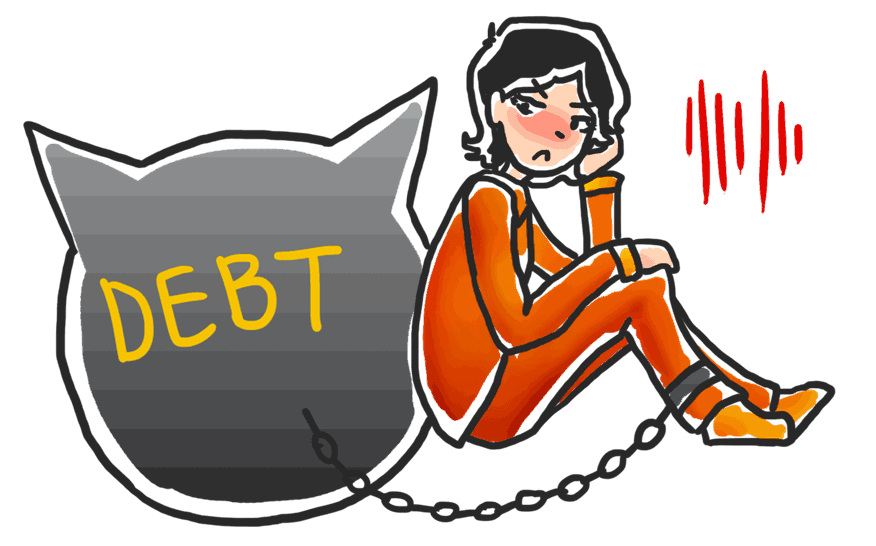RIO DE JANEIRO, BRAZIL – Approximately 4.6 million borrowers in Brazil owe more than they can repay financial institutions. This is the Central Bank’s (BC) report on risk indebtedness, which is made up of defaults, income commitments, loans of various types and income below the poverty line.
In Brazil, the population with an active debt portfolio reached 85 million borrowers in December 2019. Of this total, 5.4 percent, or 4.6 million borrowers, were in a risky debt situation, the Central Bank reported on June 4th, in the Banking Economy Report.

To conduct this study, the Central Bank considered borrowers who meet two or more of the following criteria as risky debtors: default of over 90 days in paying loan instalments; monthly income commitment of over 50 percent due to debt service payments (interest payments and amortization of the amount borrowed); several types of credit simultaneously: overdraft, uncosigned personal loan and revolving credit; and available monthly income (after debt service payment) below the poverty line (R$439.03 monthly).
According to the report, the percentage of risky debt is increasing with age, reaching 7.8 percent of the indebted population over 65 years of age, almost double that observed in borrowers up to 34 years of age (3.8 percent). In other words, of the 12.4 million borrowers over 65 years of age, one million were debt risks (7.8 percent). Between the ages of 34 and 54, the rate is 4.9 percent, and 7.2 percent between the ages of 55 and 65.
As for the monthly income range, the class of borrowers with income between R$5,000 and R$10,000 presents the largest portion of risky debt, at 6.5 percent. For monthly income of up to R$1,000, the rate is 5.7 percent, between R$1,000 and R$2,000, it is 4.7 percent, between R$2,000 and R$5,000, it is 5.6 percent, and above R$10,000, it stands at 4.7 percent.
Source: Agência Brasil

